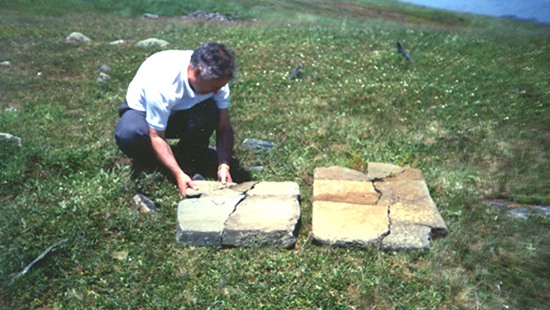Earliest Projects
It was recognized that in order to interpret and present our history and culture, a museum would be needed. At the same time, the Bay Roberts Library Board was endeavouring to get a new library building, and the Town Council needed to expand their office space. The three parties worked together to try and get one building to house all requirements under one roof with shared services such as receptionist, washrooms, security, parking lot, and so on. From this, concept plans for a new “Civic Center” were prepared at no cost to either party and the Society took a lead role in seeking government funding. Our MHA, various Government Ministers, the Premier, and ACOA all lauded the concept, but unfortunately did not provide any funding. Concurrently, in partnership with Heritage Canada, the Society crusaded for a “Main Street Project,” similar to the project in Carbonear and in other parts of Canada. Sadly, neither the Civic Center nor the Main Street proposal received funding at that time.
Not willing to abandon our mission, and while seeking funding, the Society began to survey, map, stake or fence, and document all the known cemeteries within the Town. Some were long abandoned and showed little evidence of ever existing, but were identified by locals such as Albert Menchions, Carl Badcock, and Roy Mercer. Some were unique, such as the Badcock Family cemetery in French’s Cove, the combined Anglican-Methodist cemetery on Wareham’s Lane, and one of fieldstones on Fergus Island. Today the Society has both a written and computerized database of approximately 4,000 headstone inscriptions. A considerable number of graves were marked with wooden crosses or flat rocks without text and some stone monuments were illegible due to weathering and erosion. Hence only their location is recorded on plot plans. The oldest legible stone was that of Charles Merser (sic.), 1766. The information is also available at the Family History Society, St. John’s.

